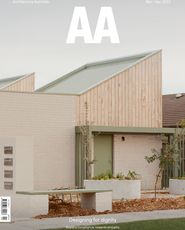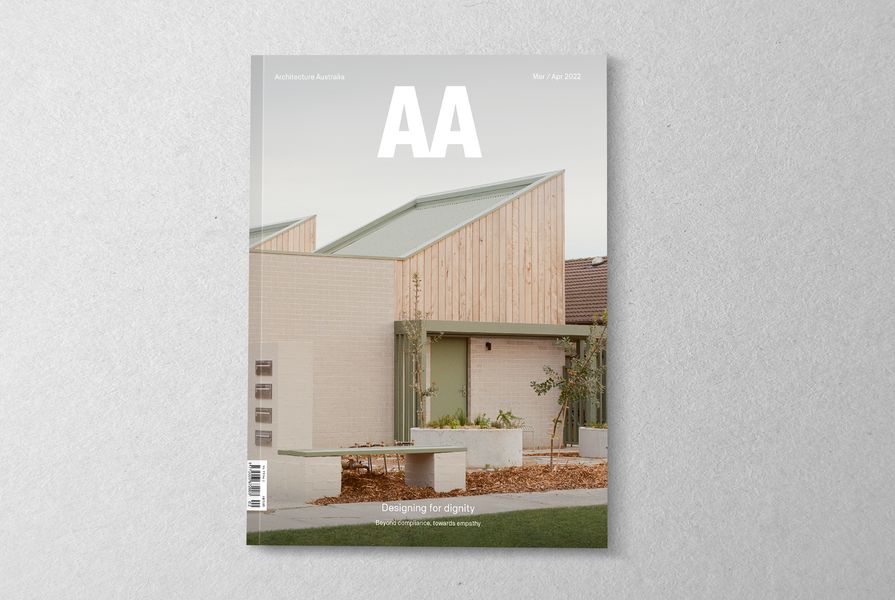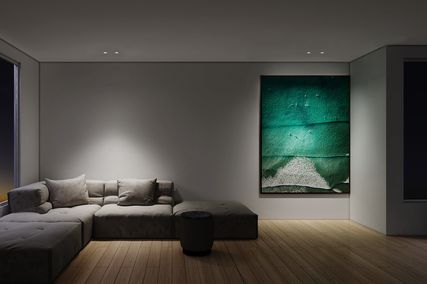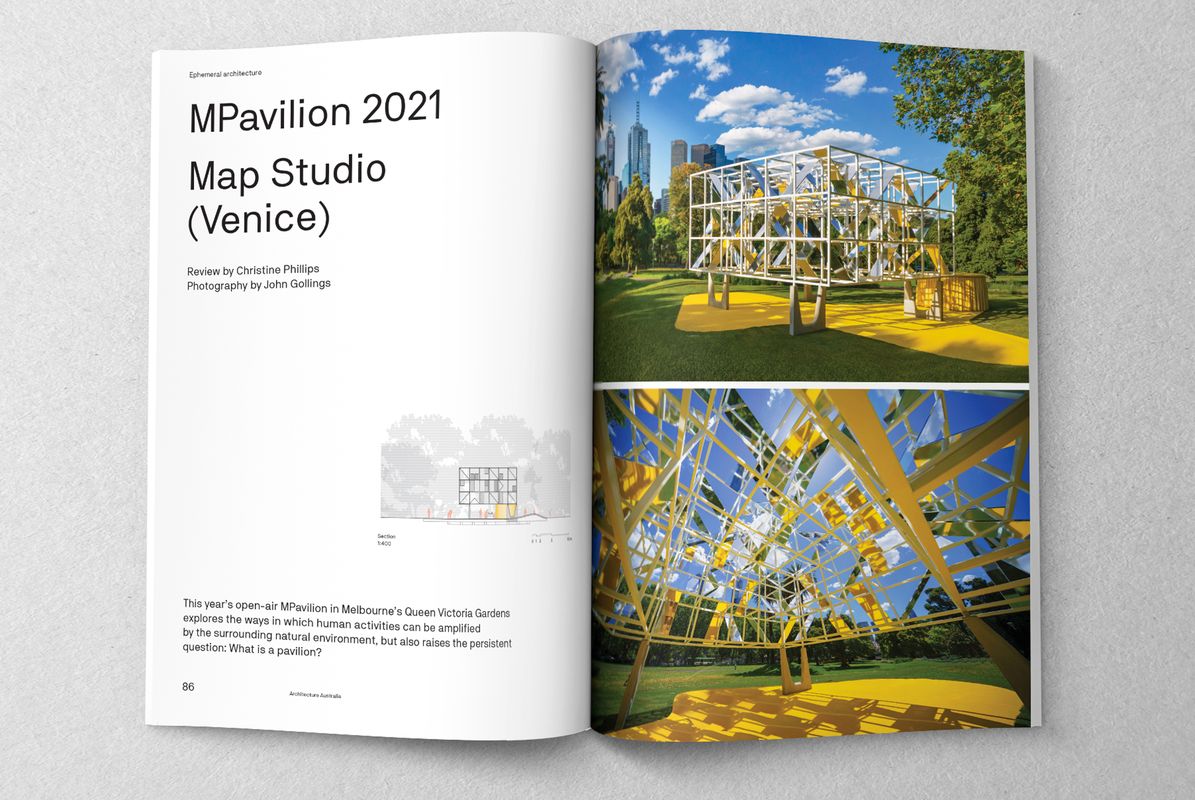“Designing for dignity” is about creating environments that enable people from all walks of life, whether or not they need assistance, to feel respected. It moves beyond what is known as “universal design principles” to recognize the complexity of human needs. Architectural approaches, as it turns out, can not only support but enhance human capabilities and improve quality of life.
I have both a professional and a personal interest in this theme. In 2013, I worked with my parents to design a bathroom renovation to suit the needs of my mother, who was living with a terminal neurodegenerative disease and progres-sively losing her strength and mobility. As she was spending up to two hours a day with a carer (often my father) in the bathroom, the design of this space had a significant impact on her quality of life and, in turn, the quality of life of those who cared for her. The room needed to be practical, but without the sterile feeling of a hospital; it was still a family home. My main learning from this project is that designers need empathy to design for dignity, especially where they don’t have first-hand experience of physical or cognitive conditions.
In his analysis of residential design through a lens of care, Anthony Clarke explores the role of empathy in enhancing the physical accessibility of built outcomes and minimizing challenges for neurodivergence. Although a focus on wellbeing and enablement is still a relatively new concept in architecture and design, Clarke is optimistic about the profound and unexpected outcomes of this approach, which demands vulnerability on the part of both the designer and the client.
For this issue’s dossier, Maryam Gusheh and Catherine Murphy of Monash Art, Design and Architecture (MADA) have curated a series of essays focusing on the retrofit of our existing housing to be more inclusive. Although the 2021 revision of the Australian National Construction Code to include mandatory accessibility standards is necessarily orientated toward new domestic construction, Gusheh and Murphy believe that systematic change is required at a broader scale that includes what already is built. They ask: “What if we approach housing disadvantage as an opportunity to remake mainstream homes as better environments for everyone? What if we leverage small but systematic changes to homes for large-scale impact?”
Although a new building, St Albans Housing reflects this approach, with the aim of making housing better for everyone by rethinking the design of accessible, affordable dwellings. Designed by NMBW Architecture Studio with Housing Choices Australia and MADA, the apartments are robust shells that can be configured to suit each occupant’s ergonomic and familial needs. My father and I were interviewed during the early stages of MADA’s research for this project (which benefited from an ARC Linkage grant) and I am excited to see the important work of this team come to fruition.
Alongside commentary and research on spaces for people who live with a physical, cognitive or neurodevelopmental condition, this issue brings in other societal groups that would benefit from a more empathic design approach – such as young people who might be at risk of homelessness due to family violence or, at the other end of the spectrum, women over 55 at risk of aging into poverty. As Rory Hyde writes in his review of the Wayss Youth Transition Hub by Bent Architecture, “Confusingly, good architecture is not the same as architecture that does good.” So, then, why is that? And how can we ensure that our good architecture always does good?
To use Clarke’s words, our intention with this issue is to prompt “architectural self-reflection [that] can be leveraged and positively integrated into the iterative process of design.” Collectively, the illustrated projects and research presented here remind us of the vital role that empathy and vulnerability play in design thinking – and although the aim is inclusivity, one size doesn’t fit all.
Katelin Butler, editorial director
Follow Architecture Australia on Twitter
Subscriptions and back issues: Print and Digital
Source

Preview
Published online: 8 Mar 2022
Words:
Katelin Butler
Images:
John Gollings,
Peter Bennetts,
Rory Gardiner,
Supplied,
Tatjana Plitt
Issue
Architecture Australia, March 2022




















